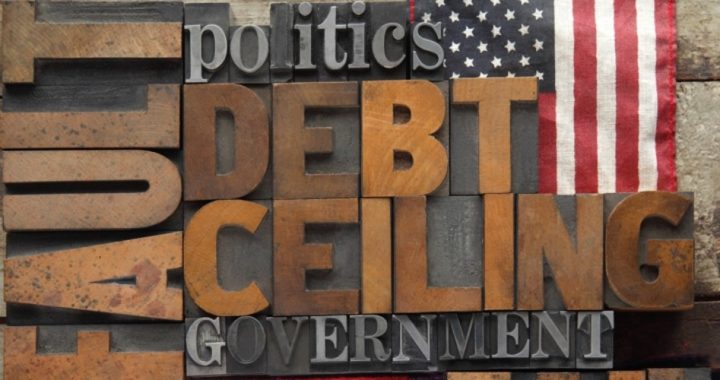
Treasury Secretary Steven Mnuchin sent an early-warning signal to House Speaker Paul Ryan (R-Wis.) on Wednesday that “on Thursday, March 16, 2017, the outstanding debt of the United States will be at the statutory limit.” He added:
Today [March 8], Treasury is announcing that it will suspend the sale of [certain] securities … and will continue [that suspension] until the debt limit is either raised or suspended….
I encourage Congress to raise the debt limit at the first opportunity so that we can proceed with our joint priorities.
If the past is any indication, House Speaker Ryan will ignore Mnuchin’s early warning until the fall, putting off any resolution to the matter until it becomes a crisis. If the past is any indication, Mnuchin’s department will undertake various “extraordinary measures” to keep the bills paid until the issue is resolved. And then, if the past is any indication, the debt ceiling will “either be raised or suspended” just as it has been in the past. Senate Majority Leader Mitch McConnell (R-Ky.) has already said as much, telling Politico on Thursday that Congress will raise the ceiling: “The government will not default.”
It’s a charade. The only time the crisis became real, Standard & Poor’s downgraded the U.S. government’s bond rating, and the stock market dropped almost 2,000 points (approximately 15 percent) between late July and the middle of August, 2011. The day after the downgrade, August 6, the Dow lost 635 points, or about six percent.
The lesson was learned. Don’t touch that wire!
Congress passed the Budget Control Act of 2011, raising the debt ceiling to $16 billion and change. That ceiling was reached on December 31, 2012, and Congress passed the American Taxpayer Relief Act of 2012, resolving the “fiscal cliff” crisis but not the debt-ceiling crisis. On February 4, 2013, Congress passed the No Budget, No Pay Act, suspending the ceiling until May 19. On May 19, Congress raised the ceiling and then suspended it once again on October 17 until February 7, 2014. On February 12, 2014, Congress passed the Temporary Debt Limit Extension Act, suspending the debt ceiling until March 15, 2015.
At that time, Treasury undertook some of those “extraordinary measures” to keep the bills paid until October 30, 2015, when Congress extended the suspension to March 15, 2017.
Apparently, when it comes to the budget, spending, and paying the bills, words such as ceiling, suspension, and extension mean nothing. It’s a game. Congress spends the money, the Treasury pays the bills. When Treasury bumps up against the imaginary ephemeral debt ceiling, it sends a letter to the Congress warning of dire consequences if nothing is done.
At present, those “extraordinary measures” are expected to keep the bills paid until Fall, at which time there will likely be more dire warnings, more shuffling of feet and gnashing of teeth, and then the debt ceiling will either be raised or suspended. After all, “we [must] proceed with our joint priorities.”
As those “priorities” are accomplished — i.e., infrastructure spending, military spending increases, tax “reform,” ObamaCare 2.0, etc. — the history as outlined will be repeated. The Treasury will be allowed to continue to borrow and Congress will continue to spend until the day arrives when no one is willing to lend. And then it will stop.
An Ivy League graduate and former investment advisor, Bob is a regular contributor to The New American magazine and blogs frequently at LightFromTheRight.com, primarily on economics and politics. He can be reached at [email protected].



